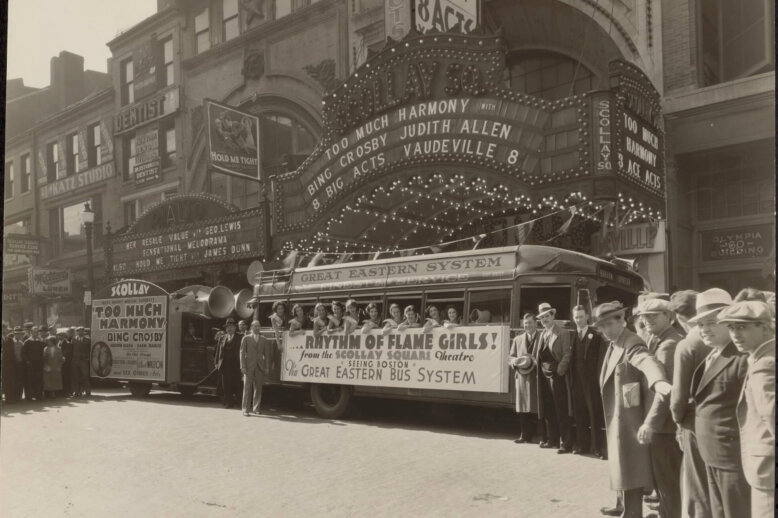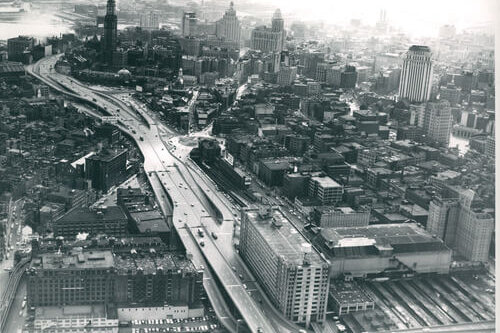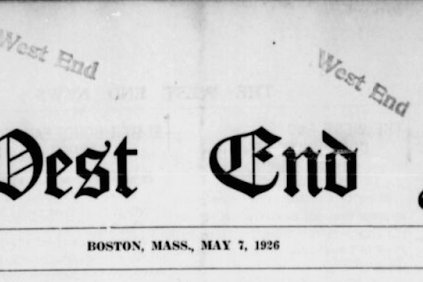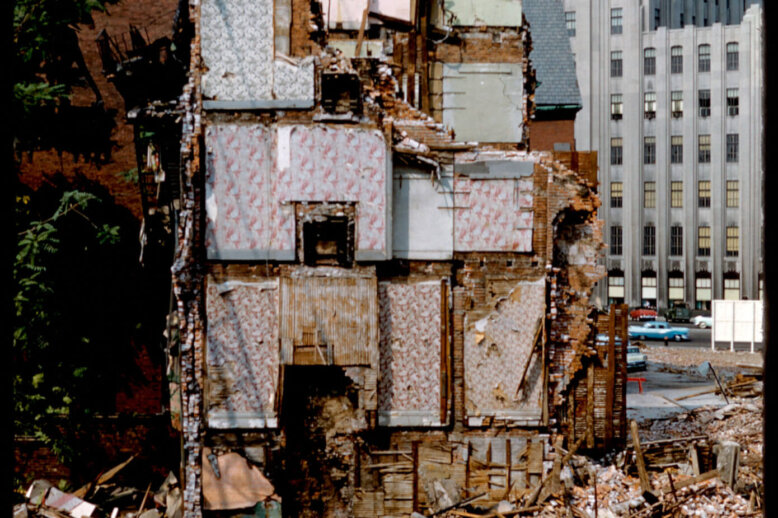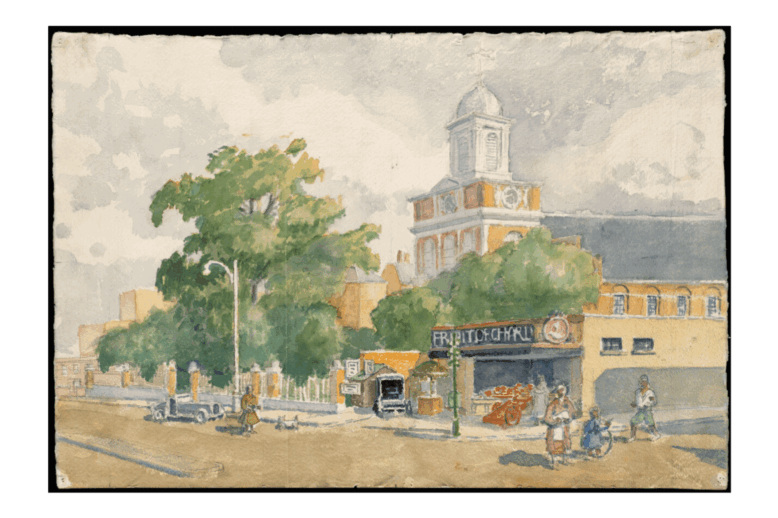Era: Immigrant Neighborhood (~1880-1960)
Immigration, first, second, and third-generation Americans, Settlement Houses, Irish politics, etc.
The Thriving Jewish Marketplace of the Old West End Part One: Peddler to Proprietor This article is the second part of a series exploring Jewish life in the Old West End. The first part explored the synagogue life in the neighborhood. This introduction to Jewish businesses in the West End explains the economic path many…
The Signscape of Scollay Square Scollay Square, Boston’s port-side entertainment center, was full of flashing marquees. Directional signs on theatres, peepshows, and taverns helped people find their way through the maze of cobbled streets and guided crowds to transportation or fun. Though Scollay Square was destroyed by urban renewal, the vibrant electric atmosphere has been…
The Brief Reign of Daniel A. Whelton, Mayor of Boston On September 14, 1905, Bostonians were shocked by the sudden death of their mayor, Patrick Collins. Collins died from an acute attack of gastritis at the Homestead Hotel in Hot Springs, Virginia, where he had been recuperating “from the cares and toils of office.” Under…
Destruction and Disappointment: The Legacy of Boston’s Central Artery Boston’s Central Artery promised relief to the city’s traffic dilemma, but as with most major building projects of the mid-20th century, it brought demolition, displacement, and ultimately disappointment. Less than 20 years after the first automobiles hit the dirt roads of Boston, traffic congestion had become…
The West End News: Headlines in the Summer of 1926One Summer in the West End, Part Two Over the course of four months in the summer of 1926, Lou Coffee and Francis R. Whelton published a newspaper by West Enders for West Enders. These papers gave a glimpse into the diverse immigrant neighborhood facing the…
The West End News: The Editor and the PublisherOne Summer in the West End, Part One Over the course of four months in the summer of 1926, Lou Coffee and Francis R. Whelton published a newspaper by West Enders for West Enders. These papers offer a glimpse into a diverse immigrant neighborhood facing the introduction…
Edmund L. Mitchell: Photographer of a Changing Boston With over 5,700 photographs, the Edmund L. Mitchell Collection, now housed at the Boston Public Library, offers a snapshot of Boston and the West End in a period of transition. As an amateur photographer, Mitchell nonetheless captured the city as it became something new. Edmund Lombard Mitchell…
The West End Branch of the Boston Public Library Library service in the West End neighborhood began in 1896 in the Old West Church on the corner of Cambridge and Lynde Streets. The branch remained there until 1960 when the West End Redevelopment Project forced its closure. In 1968 the current library building opened at…



